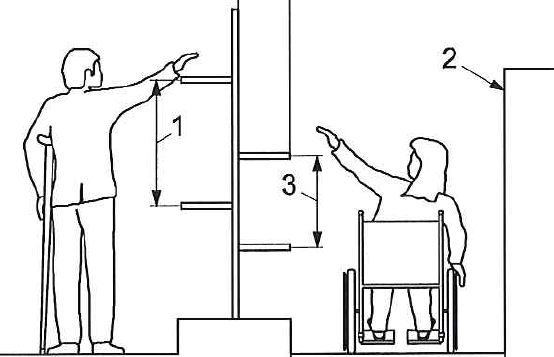


In recent times the topic of accessibility for all has seen a large production of documents and data, in which the furniture products have always played a minor role compared to the building as a whole.
As renown, the rate of aging of the population is constantly raising and as the population ages, the incidence of the number of people with reduced ability (decreased muscle strength, joint mobility, reduced vision) increases. Moreover, in Europe alone, 50 million people (one in six) aged between 16 and 64 years suffer from a permanent health problem or disability.
These were the conditions that led the UNI (Italian Standardization Body) Technical Committee "Furniture", to integrate the regulatory landscape dedicated to the Italian furniture sector with an important novelty: a new national standard that defines the requirements and recommendations for the design of furniture to meet the needs of all people, including those with disabilities or low / reduced mobility and function.
Purpose and field of application.
The standard specifies requirements and recommendations for the design of furniture to meet the needs of all people, including those with disabilities.
Types of products covered:
- storage units;
- shelves and work surfaces;
- tables;
- beds;
- counters and desks;
- handles;
- clothes hangers;
- changing tables.
End uses covered:
- public and private offices (e.g., offices, banks, post offices);
- contract (e.g., shops, bars, restaurants hospitals, nursing homes, hostels and hotels, resorts etc.);
- schools (e.g., schools, universities, museums, libraries);
- domestic (private homes).
For each type of product the standard defines approaches and recommendations for appropriate design in terms of size and reachability intervals which take into account different needs and different users.
The standard represents in Italy the first shared document reference on these issues and can also be used as a guideline to assess the accessibility and usability of the existing furnishings and, where possible, as the basis for their improvement.